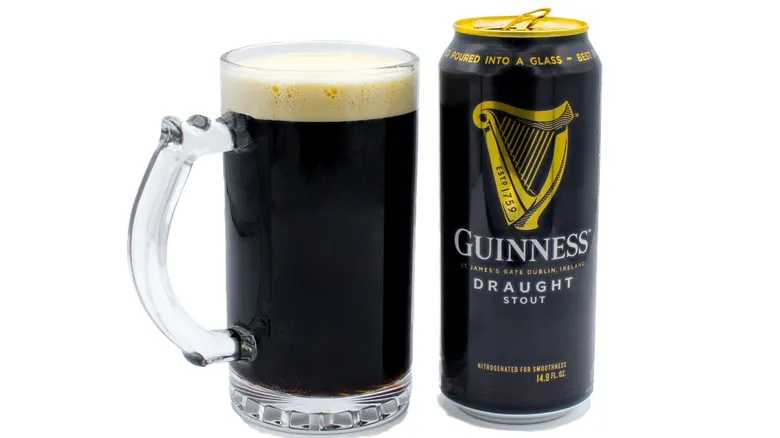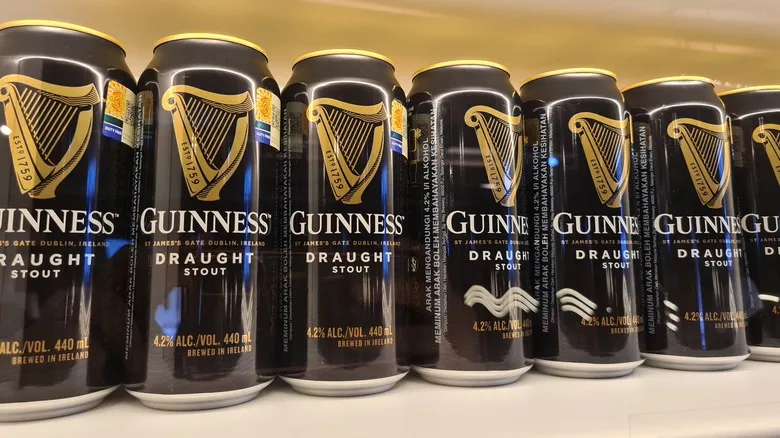How does the Guinness widget work?

In 1959, Guinness made a groundbreaking move in beer history by becoming the first brewery to incorporate nitrogen into its products. The company continued to innovate with the introduction of the widget. Each can of Guinness is filled with liquid nitrogen, a widget, and the beer itself before being sealed. As the liquid nitrogen evaporates, the pressure inside the can increases, forcing the gas into the widget through a small opening on the side of the ball.
When you open a can of Guinness, the pressure is released, causing the gas and beer trapped in the widget to burst out through the hole. This sudden release creates bubbles and foam, giving your canned Guinness the appearance of a freshly poured draft beer. The next time you enjoy a glass of canned Guinness at home, listen for the whooshing sound after you pop the lid, knowing that it’s the widget doing its job to deliver a crisp, delicious drink.
Recommended

The Right Way To Pour A Guinness From A Tap

The Best Wine To Use When Making Mulled Wine

Stout Vs Imperial Stout: What's The Difference Between These Beers?

14 Lager Beer And Food Pairings That You Need To Try
Next up

